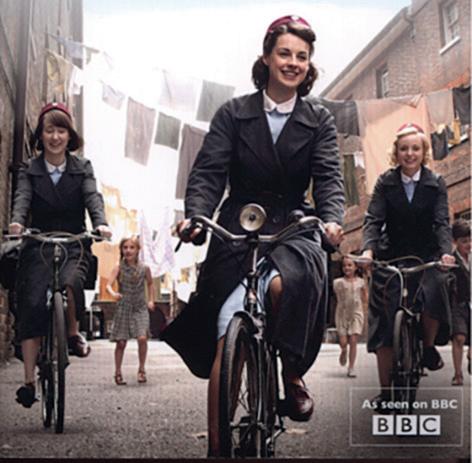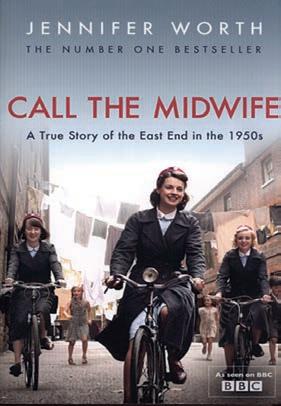
1 minute read
Book Review
REVIEW
C A L L T H E MIDWIFE Jennifer Worth
Advertisement

If in lockdown you’ve been re-watching the entire wonderful BBC series Call the Midwife, you might want to take the time to read the books on which it’s based. Jennifer Worth’s bestselling memoirs recall stories of life, birth and death in London’s East End during the 1950’s.
It opens as Jennifer – then fresh-faced young Jenny Lee – arrives at Nonnatus House, a community of nuns who provide midwifery and district nursing for the close-knit families of the dockers of Poplar, and follows her as she lives and learns amongst them.
BOOK Please mention 14 Jenny is an honest and sympathetic narrator, quick to point out her own failings. The nuns, from calm, steady Sister Julienne to mischievous Sister Monica Joan are characterised beautifully, and Jenny’s fellow midwives are a memorable bunch. But it is the people of the East End who burst from the pages – from terrified runaways to hardy mothers of four (and even twenty four!), from seedy pimps to rough and ready dockers, all are described so vividly that they practically step out to meet you. The backdrop is almost a character in itself. As the book progresses, the reader begins to understand something of the history of the area – bombed heavily during the war, it has not recovered by the time Jenny arrives, and many families are caught in limbo, unable to do anything about their appalling living conditions. This element is explored in further detail in the subsequent volumes of the trilogy, particularly in ‘Shadows of the Workhouse’. And, of course, there are the birth stories. Every birth is different, and the book contains comic, tragic and poignant experiences. Worth balances human interest and medical detail deftly, never talking down to the reader but never baffling them with complex terminology, as she guides us through the emotions as well as the technicalities. For anyone with an interest in birth, midwifery, social history or just a good story, this is a must read. bedslife when responding to adverts









